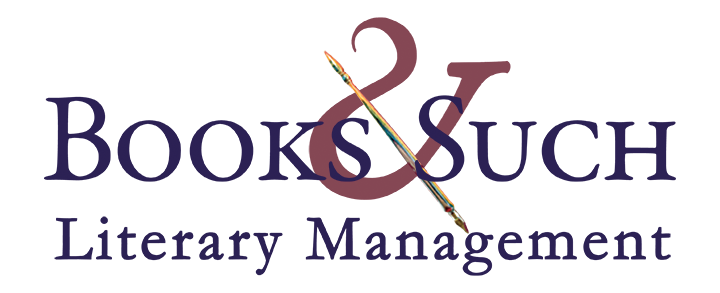Blogger: Rachel Kent
Writing a nonfiction book that has been on your heart is great, but figuring out if that book has an audience and who those readers are is essential before you decide to pitch your project to publishing houses and agents. Putting your readership in your proposal as “women” or “men” isn’t good enough. You need to put thought behind your audience to really give the publishing house a sense of who you believe will read your book. Here are three ways to help you come up with a better definition of your readers.
1) Take a look at you. Often the author is a good representative of the audience for a book. What in your life qualifies you to write this book? Are you a horse-lover? Pastor’s wife? Missionary? Stay-at-home mom? Often your audience will fit in with one or two of the ways you would describe yourself.
2) Check out the bookstore. Where would your book be shelved in a bookstore? If there was going to be an endcap at a store with your book on it, which books would be next to it based on topic? What audience do those books appeal to?
3) Turn your computer on and look online. What interest groups are you a part of? Do you think those people might be your audience? Think about the kinds of websites your book could be advertised on. What types of people would look there for your book?
What other methods do you use to define your audience?
Does figuring out your audience come easily to you?
TWEETABLES
Who’s your audience? Three tips from lit. agent @rachellkent to help you find your nonfiction readers. Click to tweet.
What methods do you use to define your audience? Via lit. agent @rachellkent Click to tweet.

Thanks for the insightful tips! :0)
This made me think, Rachel, and I don’t even write non-fiction! Another brainstorming idea for figuring out a non-fiction audience: write a list of hashtags people might use to search for the book. Maybe it would reveal an audience the author hadn’t considered.
Have a great weekend!
Good idea, Jill. I’ll try this, too.
Thanks Rachel. Discerning the audience does seem crucial, but I find myself fearing that by naming that audience I’m making it sound like the appeal of the book is limited to just those folks. Is it okay to describe multiple potential audiences?
Yes! You can put a primary audience and secondary audiences too. 🙂
Great question, I wonder about that too.
Very good points.
After a few novels, I wrote two nonfiction books (still being polished) for, generally, the same core audience (women 30-70).
An audience can grow outwards, but I think that it’s important to remain loyal to the people whom you first reached.
Wow. The examples in point number one are so stereotypically sexist that it’s sad. I know you were just trying to make a point, but way to box women into the “church safe zone” that readers, church goers, and thousands of women are sick of. Why not ask are you a small business owner? Pastor? Corporate sales director? Successful survivor?
Those are the women (and men) I want to read – as well as my audience.
I’m sorry, Heather. I actually had published books in mind for each of those examples. I didn’t mean to offend anyone–especially not the authors or audiences for those published products.
I’m glad you have a great idea of who your audience is.
Thank you for these tips, Rachel. I have this pretty well worked out for one book, but I’m starting another. I will give your ideas some thought and make a trip to the bookstore before I set the form for my next book in stone. Developing this is part of what makes writing fun, too, so thanks again.
You are welcome! I hope the bookstore method helps for your new project.
These are great tips and just in time. Thanks so much!
You are very welcome! 🙂
Thanks for the tips. My question is what do you do when your book doesn’t reach a traditional market? Should you self publish?